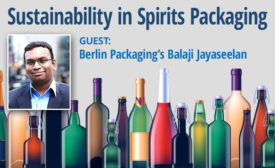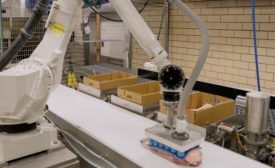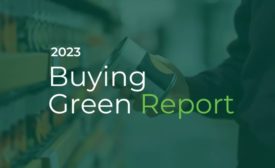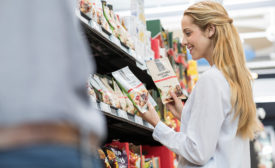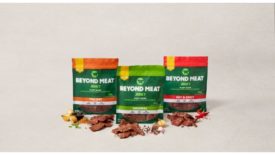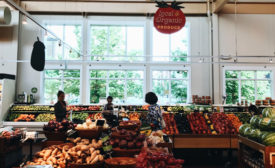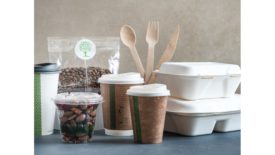Home » Keywords: » consumer demands
Items Tagged with 'consumer demands'
ARTICLES
Materials
The Little Adhesive That Could
H.B. Fuller, Henkel provide real-life examples of how the humble adhesive can contribute to sustainable packaging.
March 6, 2023
Special Report
2023 Packaging Industry Outlook
Rapidly mutating global economy is creating unique challenges for packaging, as well as headaches shared by other industries.
January 5, 2023
Data Watch
Consumers Expect Quality Organic Food & Beverages
When it comes to organic food and beverage purchases, consumers prioritize different sets of criteria depending on product categories.
September 7, 2022


